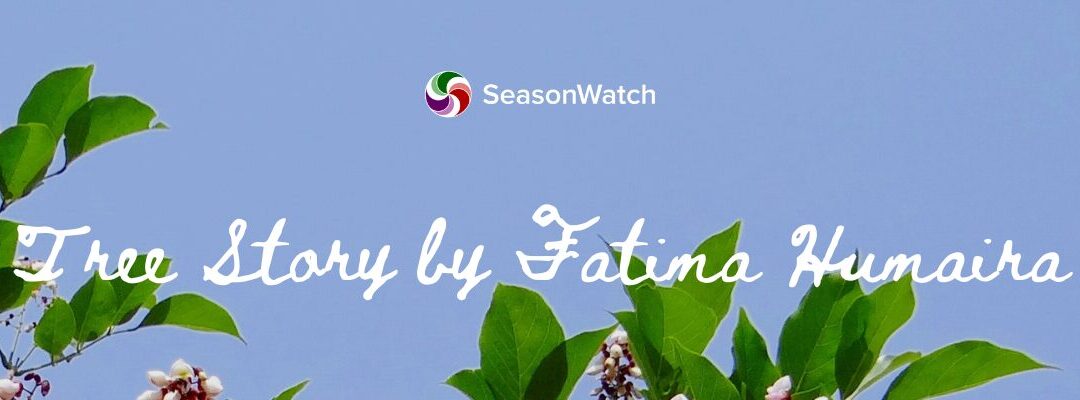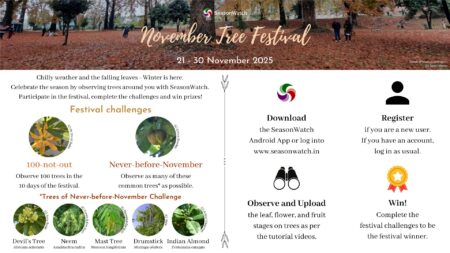Once there was a tree that I enjoyed watching every day, until the day it was no more…
I have always felt at home in the company of trees. So, when we moved house, I was comforted knowing that there were many trees in the new neighbourhood, especially a mighty Karanj tree right outside our bedroom window. This window was like a portal that was no less magical than the wardrobe that transported the Pevensie siblings to Narnia. Looking out of it at the tree’s dense foliage always made me feel as if I had entered a lush forest.
I had spent many hours observing this tree and the nature around it. Watching it, I realised that tree-watching can be far more interesting than any movie or show could ever be. I remember one uneventful day when things turned dramatic, all thanks to my tree-friend. I was gazing at its depth, lost in daydreaming. It was a warm day in March, and in the afterglow, the tree stood leafless, but surely not lifeless. Inside its dead-seeming branches, I could almost hear the sap still coursing through its veins. Just a little rest here and a little sleep there, that is all it needed. I imagined murmurs in the whoosh and rustle of its crisp fallen leaves. Were they telling the tree to keep hoping for a better tomorrow that would arrive soon? Perhaps. After all, these brown leaves knew the tree intimately as its green comrades until a few days ago. While I was lost in such tree musings, a Shikra landed smoothly on one of its upper branches with a mouse in its talons. I watched the bird, spellbound by its presence. Indifferent to my stare, it pecked at its dinner, then glided silently into the night.
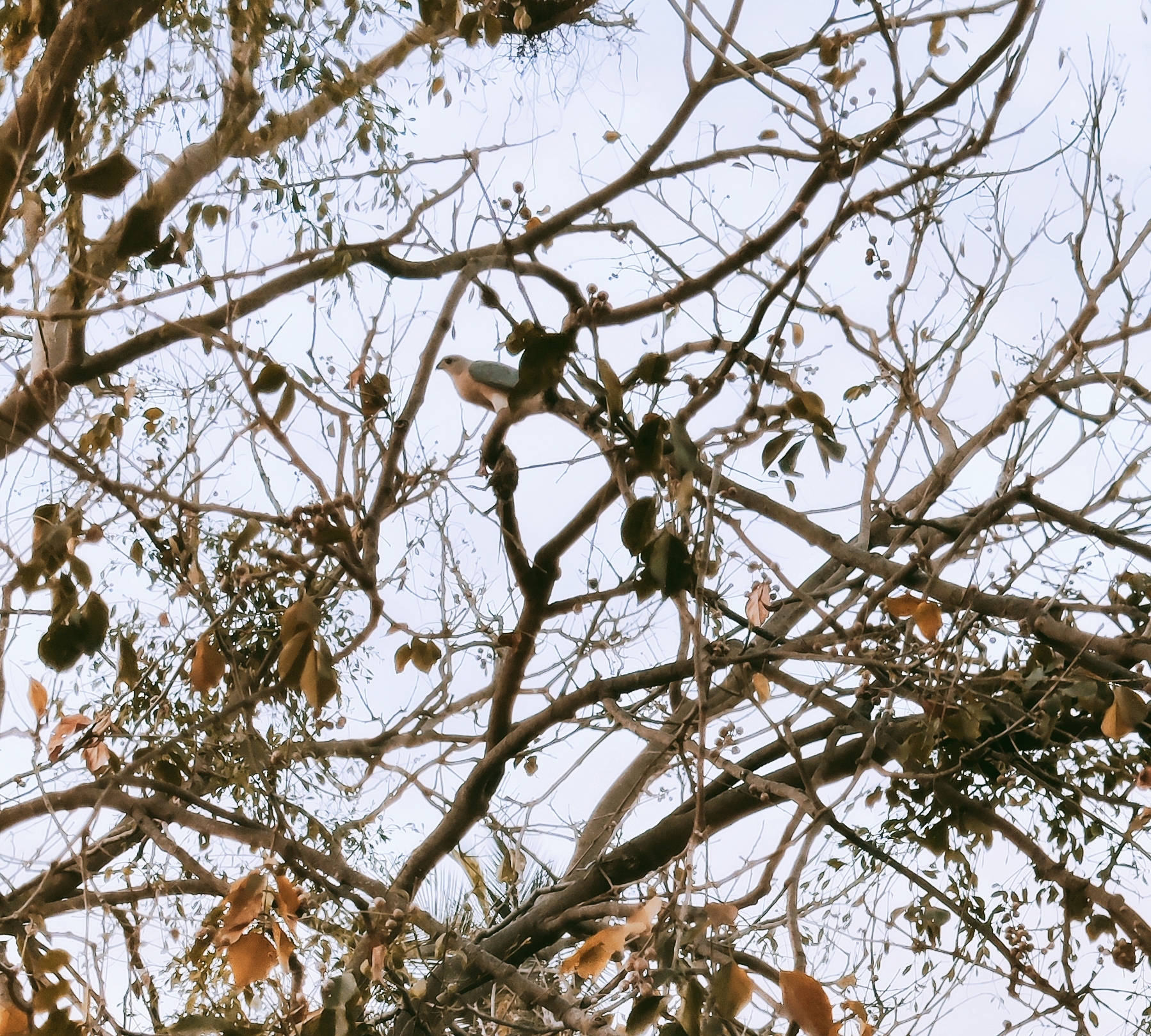
The next day, the Karanj had transformed. I liked to believe that the murmuring fallen leaves and the enchanting bird of prey had coaxed the tree to wake up. The shiny lime and burgundy green leaves soon flushed its boughs. But that was just the beginning. Soon after, tiny round buds began to dot its twigs and branches. And before I could marvel at them, the lavender-white flowers began to bloom in clusters. Many small butterflies flitted among the flowers all day long, and fuzzy bees got drunk on nectar with reckless abandon. After the flowers had withered, the green seed pods began to form.
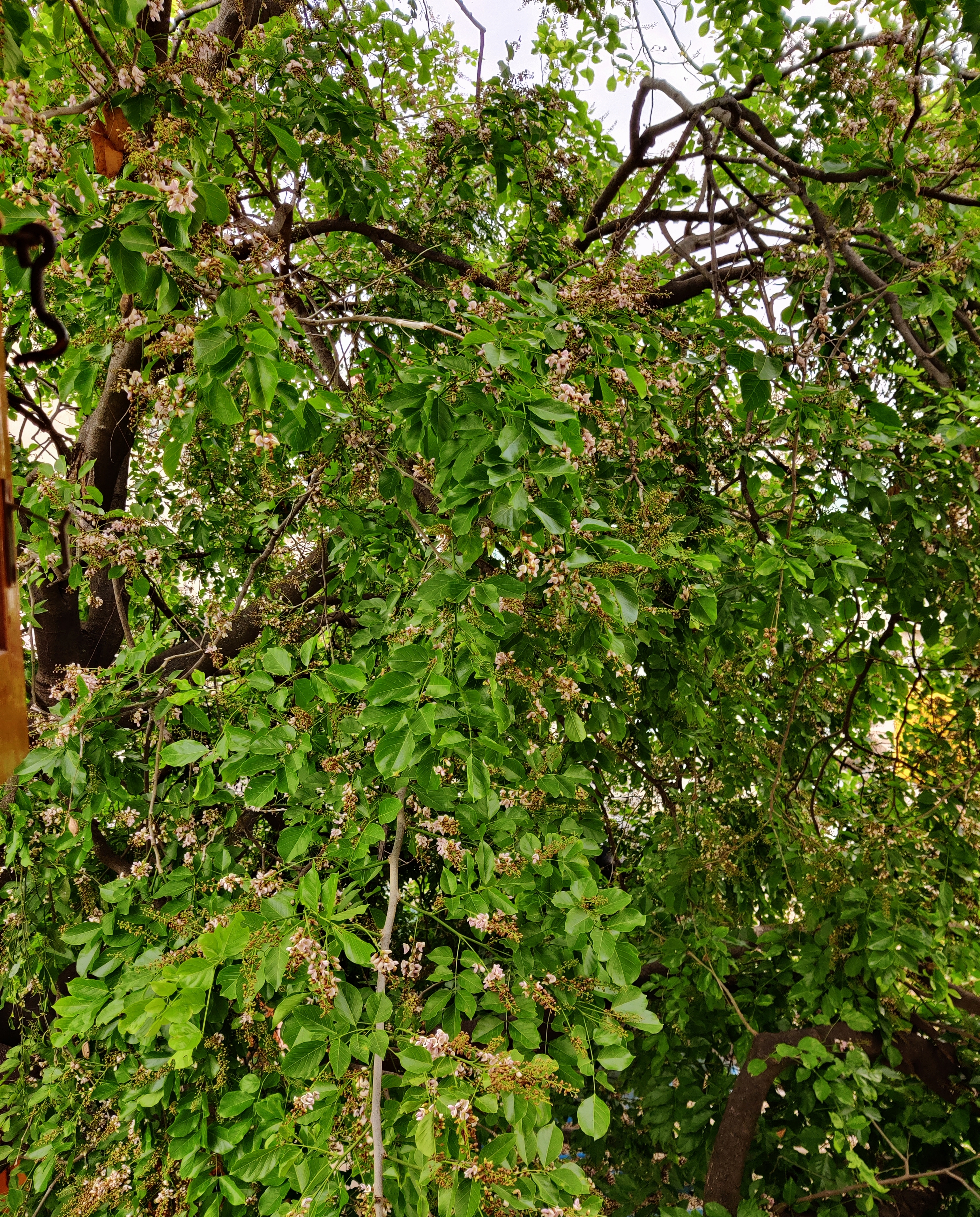
As months rolled by, the leaves slowly matured, and from shiny-soft, they became firm and transformed to forest green in colour. It was therapeutic to gaze at this tree. Evenings were most magical when sunlight filtered through its tangle of green leaves and slender branches and dappled the ground with shadows and lights. It was like shinrin-yoku or forest bathing for me.
Indeed, this single tree was like a forest, full of the antics of other creatures. Oh, how many birds hung out in this tree! At any time, it was easy to spot a bird or two in its branches – a family of Common Tailorbirds often flitted about, and at other times, Purple Sunbirds hopped along. A koel or two visited it every day in summer to serenade the air with their mellifluous notes, and crows and mynahs hid their nests in its dense canopy. By the time mellow October arrived, the tree slowly turned drab. With curly leaves and full of rattling brown seed pods, it looked positively dishevelled by the end of the year. Needless to say, during this phase, it didn’t look its best. Yet for some reason, I never found its drab garb displeasing. I found it pleasing to gaze at its leafy canopy, no matter its phase. And before I knew it, spring came back and dressed it in green gold again.
This Karanj tree taught me to be a keen tree watcher. Before this tree, I had never observed nature so closely. It made me acutely aware of changes in nature. Before coming across it, I did not know how to identify a Karanj tree. Now, wherever I go, I see Karanj trees. They were always in plain sight, but I was plant blind. This tree opened my eyes and taught me how to observe nature, especially trees, by observing their phases – all their moods, forms, and shades.
My tree-friend is gone now, chopped down to its base. If it had met its end after a full life, I might have felt sad but not so grieved. As it is, I have lost my dear friend, and it hurts to think about it. I don’t open that window anymore because I know that the portal will no longer transport me to my magical forest. And the view is not painted with refreshing hues of green anymore, but just muted, mundane greys.
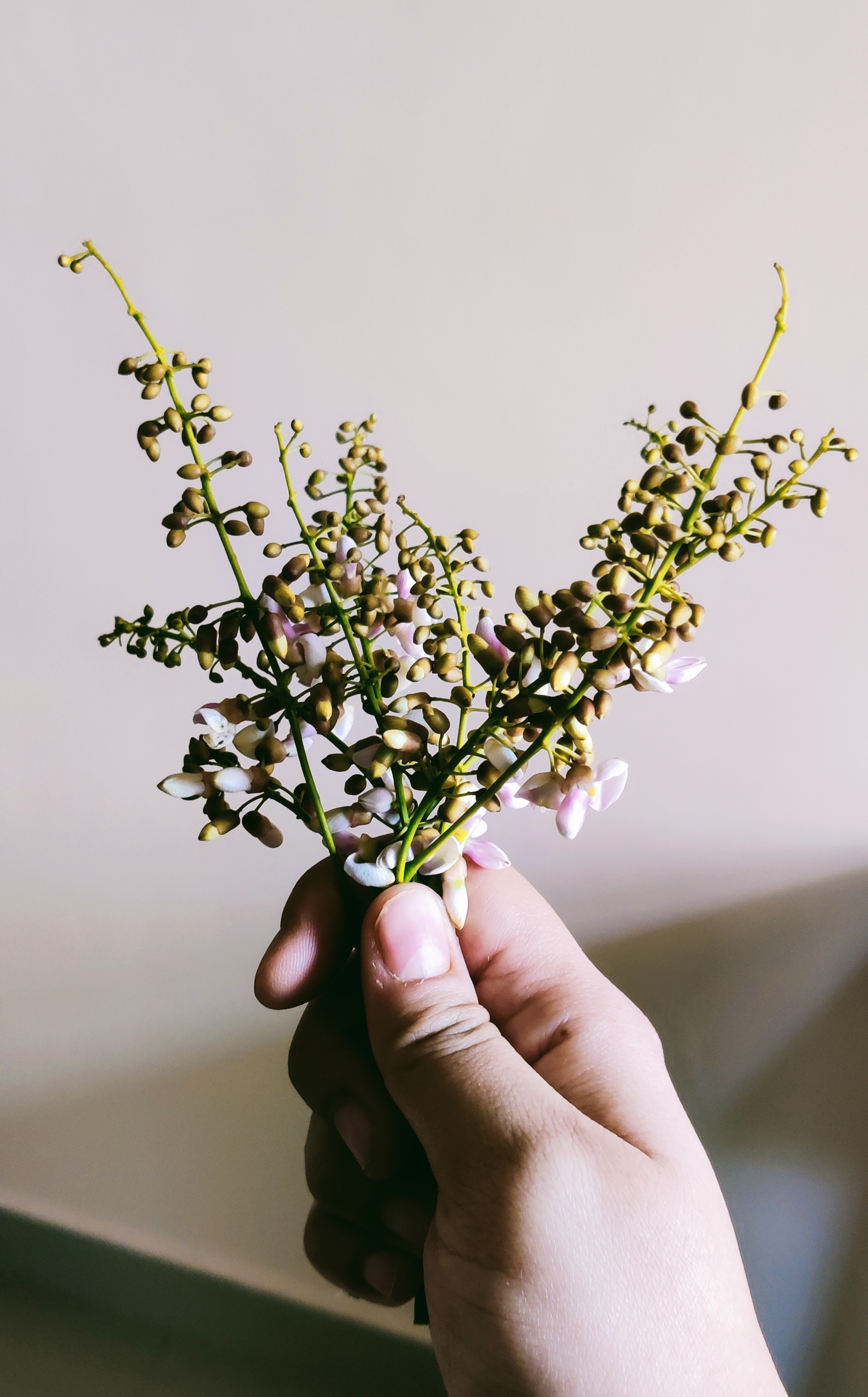
All photos by Fatima Humaira
About the author: Fatima Humaira is a software engineer by profession, currently enjoying full-time with her kids. During pockets of free time, you may find her reading a book, painting landscapes with oils and watercolours, writing about nature, or going tree and bird watching.

